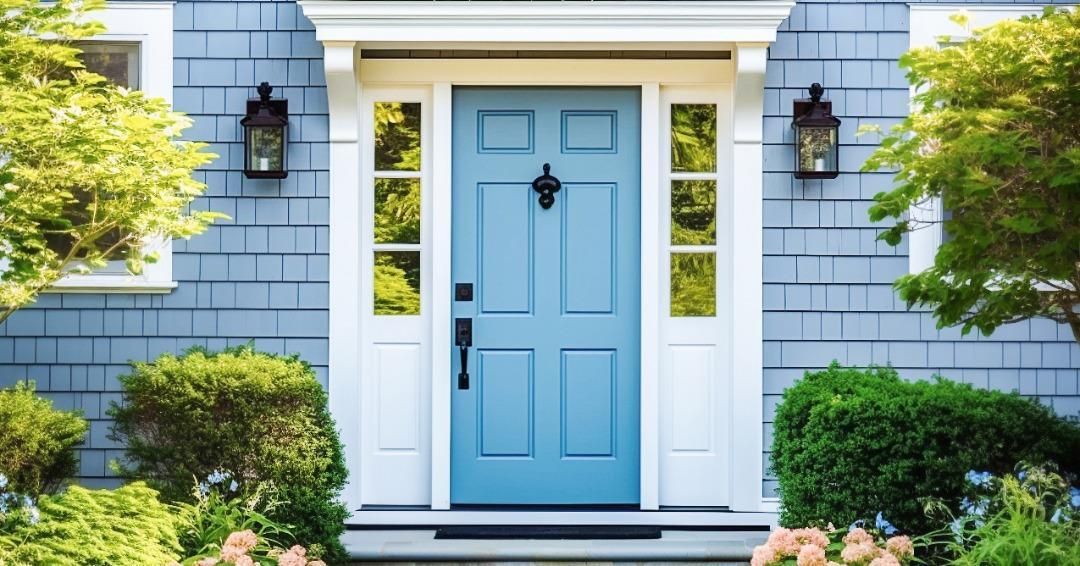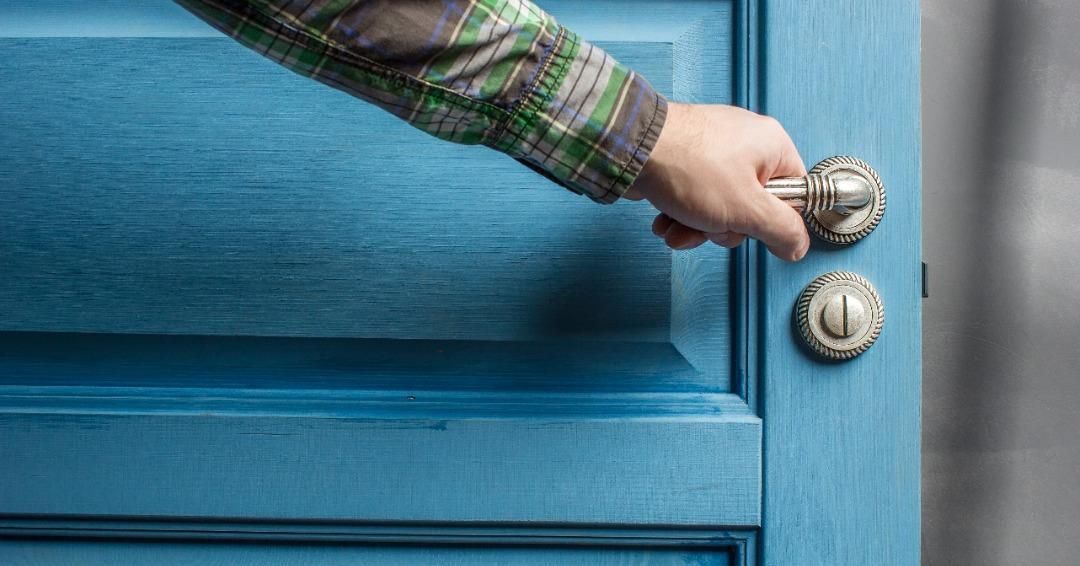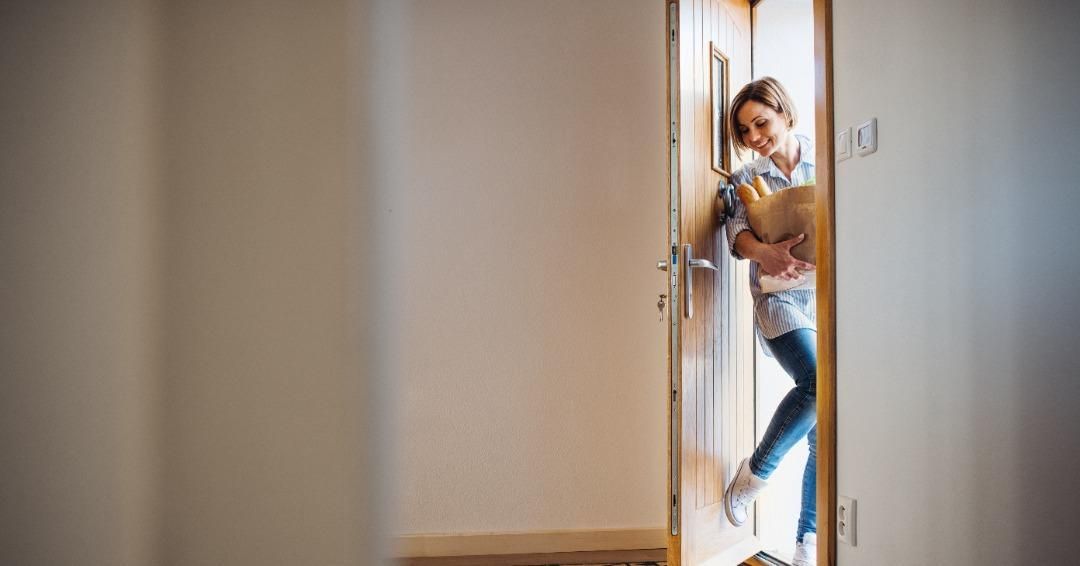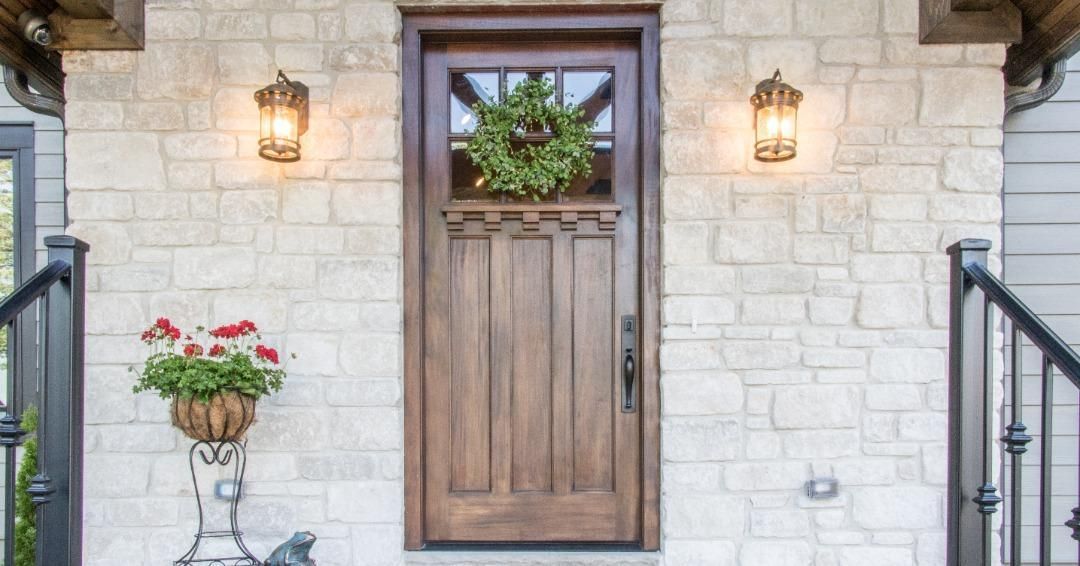What Is An Outswing Door?
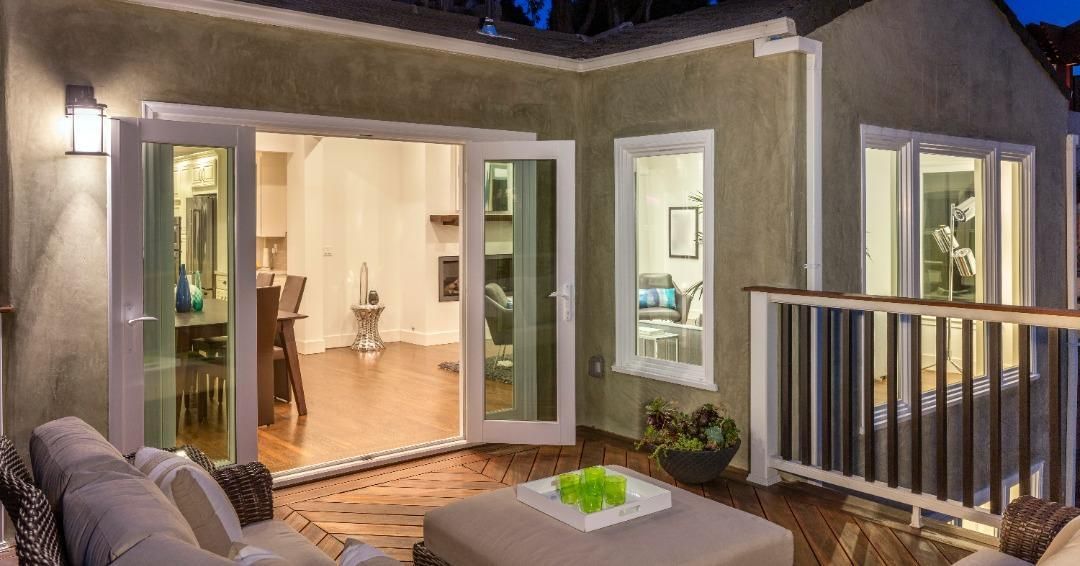
An outswing door is a hinged door that swings outward to open rather than inward. It is commonly used in homes, commercial buildings, and other spaces where space efficiency and security are important. This article will delve into the basics of doors, understand the design and functionality of an outswing door, explore its benefits and potential drawbacks, and learn about the installation process.
Understanding the Basics of Doors
Before we delve into the specifics of outswing doors, let’s first understand the fundamentals of doors. Doors are essential components of any structure, serving as entrances and exits that provide security, privacy, and ease of access. They come in various styles, sizes, and materials, each designed to cater to specific needs.
When it comes to the design of a door, there are several factors to consider. The material used for the door can vary, with options such as wood, metal, fiberglass, and even glass. Each material has its unique properties, offering different levels of durability, insulation, and aesthetics.
Additionally, doors can feature various styles and designs. From traditional panel doors to modern flush doors, the style of a door can greatly impact the overall look and feel of a space. Some doors may have decorative glass inserts or intricate carvings, adding a touch of elegance and personality.
Definition of an Outswing Door
An outswing door, as the name suggests, is a door that swings outward when opened. Unlike inswing doors that swing inward, outswing doors open away from the structure. They typically consist of a frame, hinges, and a door panel.
Outswing doors have their own set of advantages and considerations. One of the main benefits of an outswing door is the increased security it offers. With the hinges on the outside, it becomes much more difficult for intruders to tamper with or remove the door. Additionally, outswing doors can provide better protection against strong winds and extreme weather conditions.
However, there are also some factors to consider when choosing an outswing door. For instance, the placement of the door needs to be carefully thought out to ensure that it doesn’t obstruct any walkways or outdoor spaces. Furthermore, the door must be properly sealed to prevent water or air leaks, as the outward swing can make it more susceptible to these issues.
Different Types of Doors
Doors can be classified into multiple types based on their design and functionality. Some common types include single-leaf doors, double-leaf doors, sliding doors, folding doors, and the outswing doors we focus on in this article.
Single-leaf doors are the most common type of door, consisting of a single panel that opens and closes. They are widely used in residential and commercial buildings due to their simplicity and versatility. On the other hand, double-leaf doors consist of two panels that can open independently or together, providing a wider opening and facilitating the movement of larger objects.
As the name implies, sliding doors slide along a track to open and close. They are often used in spaces with limited room for a swinging door, such as closets or patio entrances. Folding doors, however, consist of multiple panels that fold and stack against one another when opened. They are commonly used in areas where a wide opening is desired, such as restaurants or conference rooms.
Each type of door has unique features and benefits, catering to different needs and preferences. By understanding the different types of doors available, you can make an informed decision when selecting the right door for your specific requirements.
The Design and Functionality of an Outswing Door
Now that we have a basic understanding of doors let’s explore outswing doors’ unique design and functionality.
How an Outswing Door Works
An outswing door operates using hinges on the door’s exterior side. When opening, the door panel swings outward, away from the building. This design allows for easy access and helps maximize interior space. Outswing doors are often used in spaces where space is limited, such as small rooms or areas with obstacles near the entrance.
Key Features of an Outswing Door
Outswing doors come with several distinctive features that make them a popular choice in many settings:
- Enhanced Security: Outswing doors are known for their superior security features. The hinge placement makes it extremely difficult for intruders to remove the door from its frame, providing an added layer of protection.
- Better Ventilation: As outswing doors open outward, they allow for increased airflow, ensuring better ventilation in the space they are installed in. This can be particularly beneficial in areas prone to high humidity or stuffiness.
- Space Efficiency: Outswing doors are ideal for spaces with limited room for swinging doors. By opening outward, they don’t occupy any interior space, maximizing the usable area.
Benefits of Using an Outswing Door
Now that we understand the design and functionality of outswing doors let’s explore the specific benefits they offer.
Space Efficiency
One of the primary advantages of outswing doors is their space efficiency. Outswing doors can be a saving grace in settings where every square foot matters, such as small apartments or tight hallways. Their outward swing eliminates the need for clearance space within the room, allowing for better furniture placement and maximizing usable area.
Enhanced Security
Outswing doors are renowned for their enhanced security features. Since the hinges are installed on the exterior side, it becomes significantly harder for potential intruders to force the door open or remove it from its frame. This added security provides peace of mind to homeowners and is often preferred in high-security environments.
Better Ventilation
Another advantage of outswing doors is the improved ventilation they offer. By opening outward, these doors allow for a larger opening compared to inswing doors, facilitating better airflow and fresh air circulation. This can be especially beneficial during the warmer months or in spaces prone to excessive humidity.
Potential Drawbacks of an Outswing Door
While outswing doors offer numerous benefits, it is important to consider their potential drawbacks before deciding.
Weather Exposure
Outswing doors may be more exposed to weather elements such as wind, rain, and snow than inswing doors. Therefore, proper weatherstripping and regular maintenance are crucial to ensure their longevity and prevent any issues related to weather exposure.
Accessibility Challenges
Outswing doors may pose accessibility challenges for individuals with mobility issues or those who require wheelchair access. The outward swing may limit maneuverability, making it difficult for them to open the door independently. However, proper design modifications and including ramps or assistive devices can help overcome these challenges.
Installation Process for an Outswing Door
If you are considering installing an outswing door, it is important to understand the installation process. Here is a step-by-step guide along with the tools required:
Tools Required
- Hammer
- Screwdriver
- Tape measure
- Level
- Drill
Step-by-Step Guide
- Measure and mark the desired location for the door.
- Remove the existing door, if applicable.
- Prepare the rough opening by ensuring it is square and plumb.
- Install the door frame, ensuring it is level and securely anchored.
- Attach the hinges to the door panel and frame.
- Hang the door panel onto the hinges.
- Check for proper alignment and adjust if necessary.
- Install any additional hardware, such as locks or handles.
- Test the door to ensure smooth operation.
Installing an outswing door may require professional assistance, especially if you are not experienced in door installation. Consulting with a reliable contractor can help ensure a seamless and secure installation process.
In Conclusion
Outswing doors offer a range of benefits, from space efficiency and enhanced security to improved ventilation. However, it is important to carefully consider the potential drawbacks and assess your specific needs before opting for this type of door. By understanding the design, functionality, and installation process of outswing doors, you can make an informed decision and enjoy the advantages they bring to your space.

